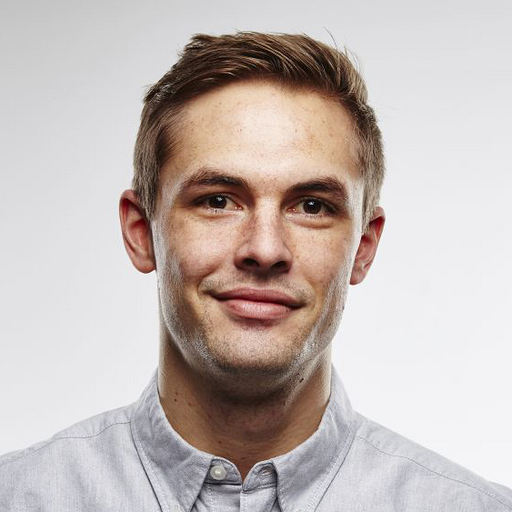An Apple Vision Pro has been tested to destruction – and you might be surprised by the results
The Vision Pro takes a battering

The Apple Vision Pro comes with a hefty price tag, and you’d think that would make anyone who bought one very careful not to break it. Well, not so with YouTuber Sam Kohl, who put the headset through a gruellingly destructive set of tests on his AppleTrack channel to see how much punishment the device could take before breaking.
In the video, Kohl tried various (rather unscientific) tests, such as walking into walls and bumping the headset on doors. After about 20 hits, Kohl only noticed a couple of minor scuffs, declaring himself to be “super impressed” at the headset’s durability.
However, after a few drops Kohl noticed that the right speaker had stopped working. Then, after what the YouTuber described as an “extreme” drop test – the eighth drop the headset went through – the front glass finally cracked. Interestingly, Apple has included multiple layers of glass on the Vision Pro, and only the front one broke in Kohl’s test. When he removed this broken panel, the glass underneath remained intact.
That suggests the Vision Pro is a lot more durable than you might expect for something consisting of so much glass. The Vision Pro’s glass only fully cracked when dropped from a great height – as high as Kohl’s ceiling – and never shattered into thousands of pieces, instead staying as one mostly-contiguous piece of broken glass. It also withstood multiple drops and hits against a wall with only a few minor scuffs to show for it. Remarkably, the device still worked without its front glass panel.
Kohl also shared a couple of interesting tidbits. For one thing, the magnetic connection that binds the light seal to the headset is not particularly strong, and the headset can detach – and potentially fall to the ground – if you try to lift it using just the light seal. As well as that, Kohl found that the Vision Pro only warns you if you’re close to a wall in its virtual reality (VR) mode, not when using passthrough augmented reality (AR). So, if you use AR, watch out for your surroundings!
The iFixit teardown

Kohl’s drop tests were not the only destructive process the Vision Pro has gone through recently. Over the weekend, the repair experts at iFixit tore down Apple’s device to reveal its insides and to work out how repairable it really is.
The outlet noted that it was tough to get into the Vision Pro, with the front glass panel only coming off after “a lot of heat and time.” On the inside was a small army of screws, tape and brackets holding a huge array of components in place. The whole process looked incredibly fiddly.
Sign up for breaking news, reviews, opinion, top tech deals, and more.
Well, almost the whole process. The Vision Pro did earn some praise from iFixit for how easy it is to remove the battery and speakers, which only need a SIM card removal tool to pop off the connectors. However, that approval was diminished somewhat by Apple using a proprietary jumbo Lightning connector instead of USB-C.
The headset didn’t receive a repairability score as iFixit is still working on its full assessment, but it did get something of an early verdict: “Repairability-wise, it’s not great, but on the plus side, some of the connections are quite delightful.” That said, most people probably won’t want to repair it themselves given how intricate its insides are.
Still, considering how durable the Vision Pro seems to be after AppleTrack’s tests, maybe you won’t need to repair it after all.
You might also like

Alex Blake has been fooling around with computers since the early 1990s, and since that time he's learned a thing or two about tech. No more than two things, though. That's all his brain can hold. As well as TechRadar, Alex writes for iMore, Digital Trends and Creative Bloq, among others. He was previously commissioning editor at MacFormat magazine. That means he mostly covers the world of Apple and its latest products, but also Windows, computer peripherals, mobile apps, and much more beyond. When not writing, you can find him hiking the English countryside and gaming on his PC.